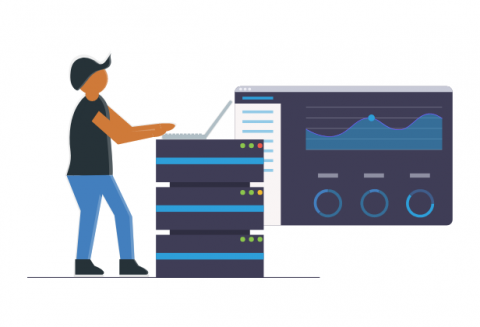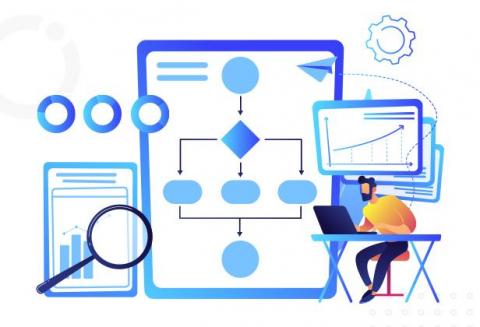What is the Difference between SLAs and OLAs?
In traditional IT environments, services to customers are delivered and supported by the organization. A Service Level Agreement (SLA) is created with details like what would be the availability of service be, how reliable the service would be, what penalties can be charged in case of downtime, etc. The internal teams like the network administration team, development team, IT service desk, etc. would then draw up Operational Level Agreements (OLAs) to support the SLA.











